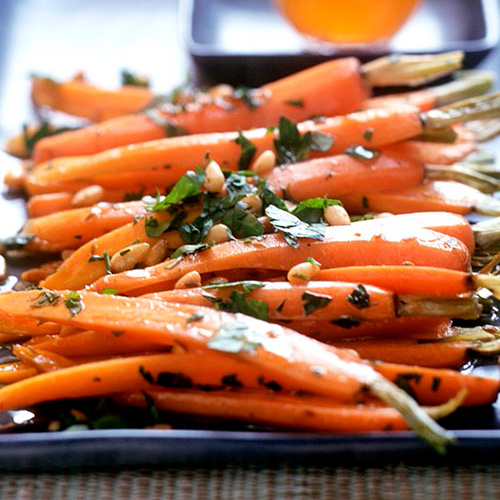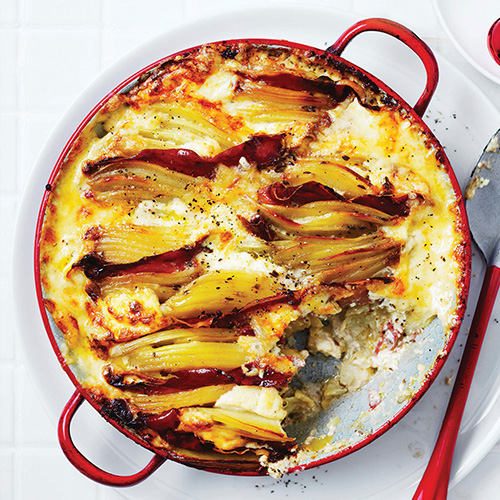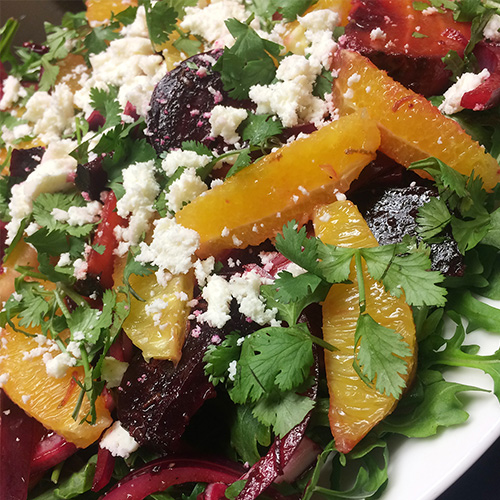
An Ode to Our Roots
Author: be well™ with Big Y® Registered Dietitian Team
More than your basic potato, these vegetables add remarkable texture, flavor and color to meals.
Learn more about root vegetables from Big Y Registered Dietitian Nutritionist Andrea Luttrell.
Get creative in the kitchen and take advantage of the wintry root vegetables you typically pass over. This season, delve into the world of root vegetables with carrots, celery root, parsnip, beets and rutabaga for delicious flavor and powerful nutrient punch.
Carrots
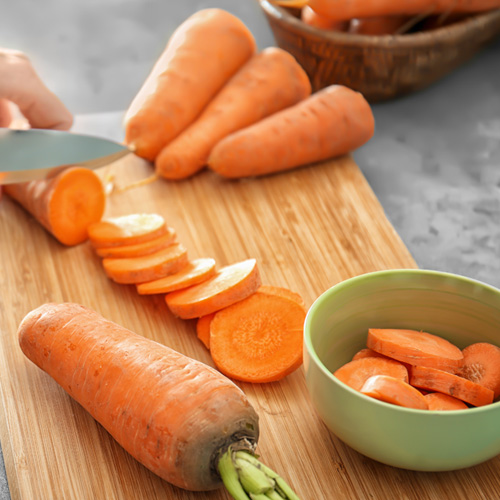
Available in a number of colors, carrots are predominantly known for their bright, deep, orange hue. The vitamin A and beta-carotene content in orange carrots aid in eye health and night vision. Meal plans that include carrots have been connected to reducing heart disease, possibly in part for their fiber content. Carotenoids in carrots have also been thought to reduce the risk for stroke and cancer. Additional nutrients—vitamins C and K, and potassium—make carrots a vegetable star.
Grilling – Not much is more satisfying than crunching into a carrot…except for maybe a sweet, slightly grilled carrot. Cut into thick slices, or wedges, and cook carrots over an open flame.
Celery Root
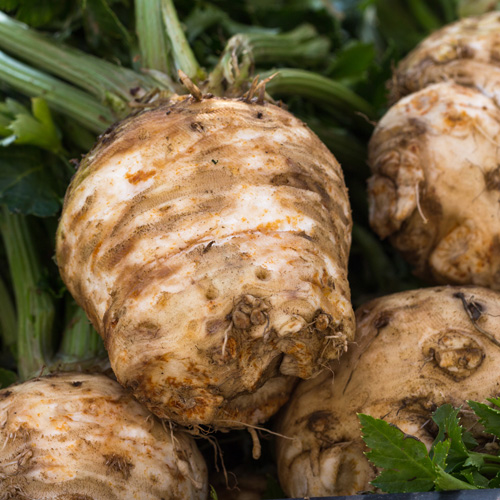
Don’t let the ogre appearance of celery root scare you away! Known also as celeriac, the root portion of celery root provides its bounty. According to Food Data Central, one cup offers 3 grams fiber, 14% the Daily Value for vitamin C, 6% for iron and 5% for calcium¹. Use in place of celery and as an alternative to traditional winter starches like potatoes.
Soup – Show off your culinary skills and puree celery root into your very own creamy soup.
Parsnips
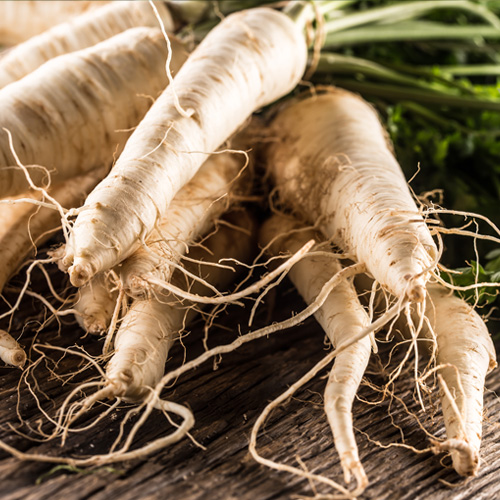
It may look like a white carrot to the untrained eye, but parsnip is its own distinct jewel of the vegetable world. One cup parsnip delivers about 6 ½ grams fiber, 500 milligrams potassium, and 25% the Daily Value for vitamin C¹. With an earthy, peppery flavor that sets it apart from its famous cousin, parsnip is harvested well into late autumn when the first frost helps the sugar content reach its peak.
Roasting – Toss parsnips in olive oil and balsamic vinegar and bake for 30 minutes at 425 degrees Fahrenheit.
Beets
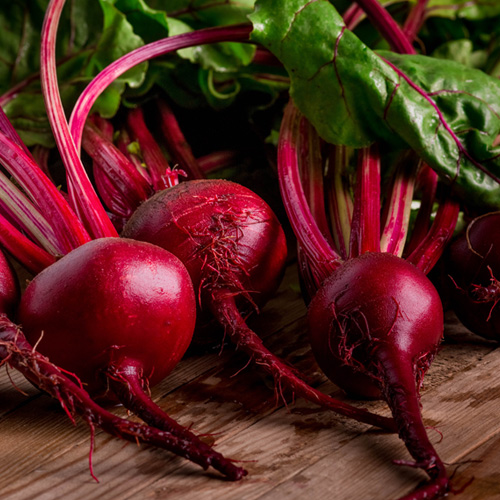
Betacyanin provides beet’s deep purple color, which has been studied for its role in cancer prevention. Betaine and salicylic acid, which may help reduce the risk for heart disease and aid in treating inflammation, respectively, are also found in beets. Their high folate content makes them a wonderful addition for women of childbearing age as well.
Chips – Thinly slice beets, drizzle with olive oil, season with sea salt and bake at 425 degrees Fahrenheit until crisp.
Rutabaga
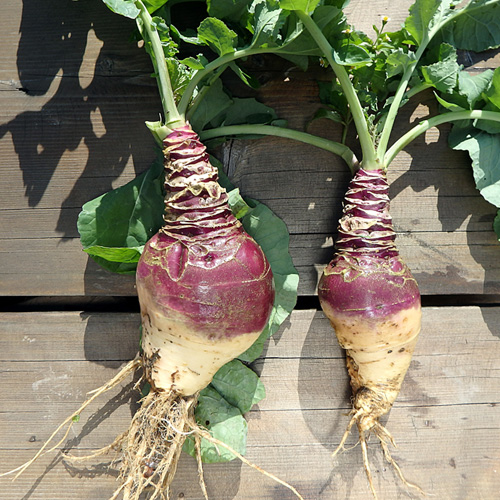
Similar to turnip in appearance, rutabaga is a hybrid between savoy cabbage and turnip. One cup contains 50 calories, 3 grams fiber, 39% the Daily Value for vitamin C and 6% for calcium¹. Often overlooked for the waxy coat added to prevent dehydration, rutabaga provides a sultry, smooth edition to many dishes such as beef stew, pot roast and chowder.
Hash Browns – Throw your taste buds for an invigorating spin by grating your own version of hash browns with rutabaga.
1 U.S. Department of Agriculture Agricultural Research Service. FoodData Central. https://fdc.nal.usda.gov/. Accessed on March 2, 2022.
- RECIPE -
ROASTED BEET SALAD WITH
ORANGES AND QUESO FRESCO
Impossible to
beet its taste.
Published 4/4/2022



